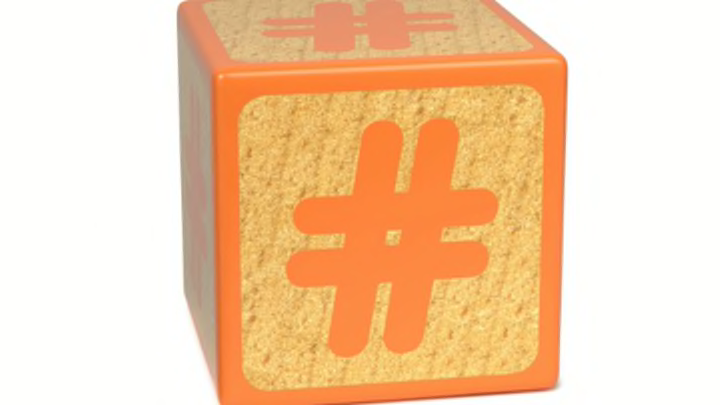The official name of the number sign, the one located at the bottom right hand corner of phone keypads and used to label hashtags on social media, is octothorpe. Also called a hash or a pound sign, the symbol has roots in 14th century Latin.
According to one origin story of the #, people began abbreviating the Latin term for “pound weight,” libra pondo, as lb. At the time, it was common to add a horizontal bar to abbreviations, known as a tittle, to show that the two letters were connected, and that the letter “l” was not the numeral 1.
As the design podcast 99% Invisible explains, “As scribes started writing this sign faster and faster, lb began to morph.” It eventually became the tic-tac-toe-board shape we know today. A handwritten manuscript from Sir Isaac Newton shows a middle point in the process: instead of lifting his pen before drawing the tittle, he messily looped the letters together, forming an early version of the symbol (as seen in this image).
Eventually, AT&T added the symbol, along with the asterisk, to their telephones in order to make the keypad a neat square. Those two symbols were chosen since they were already common on standard typewriter keyboards, but at that time, the # still didn’t have an official name. Since they weren’t sure what to call it in the manual, a few employees at Bell Labs decided to make up a name. They called it the “octotherp,” which eventually became the octothorpe.
